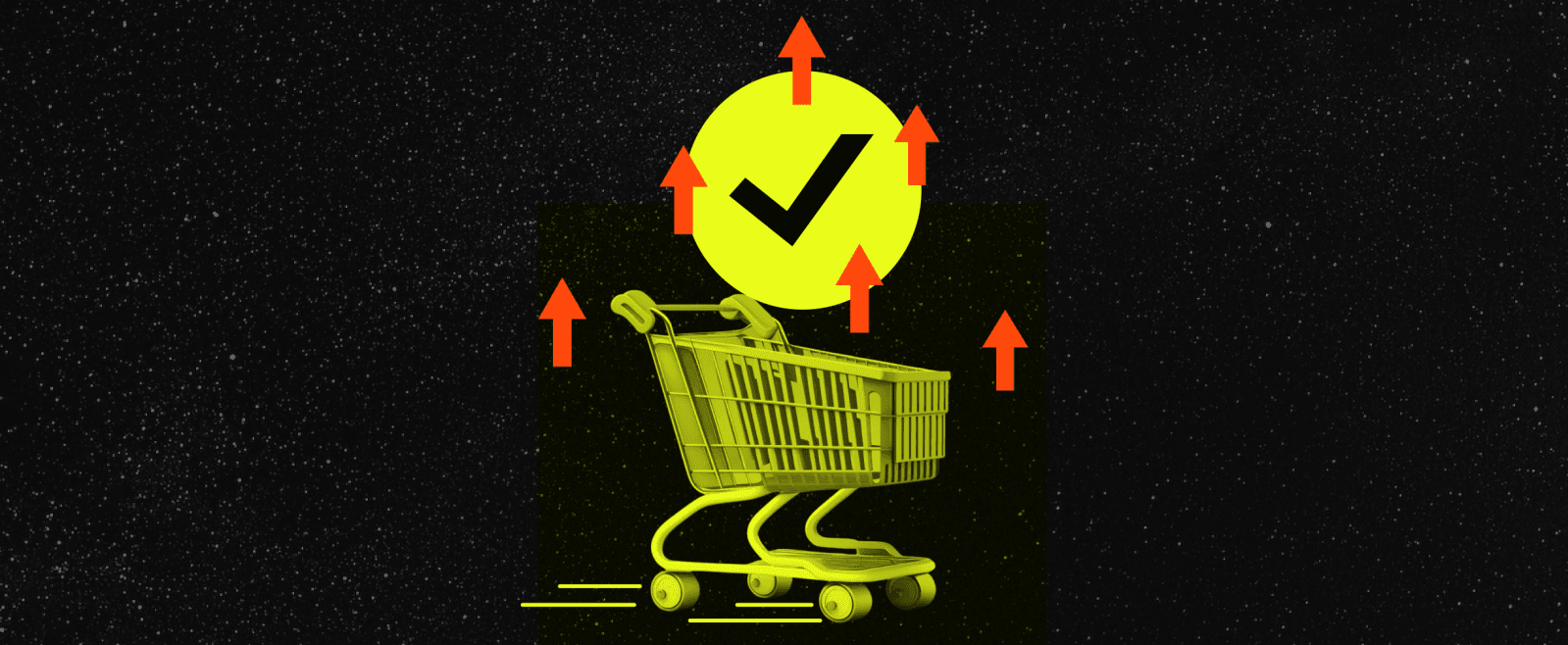How To Skyrocket Your BFCM Conversions With The LIFT Model
Selling stuff is easy. But making the sale isn’t.
Chris Goward knew this, and that’s why he set up the LIFT model for conversion optimization back in 2009. The LIFT model is a simple and time-tested framework that can radically transform how you approach your landing pages, product pages, and other key conversion touchpoints.
With BFCM and Christmas around the corner, this can be the secret sauce that you need to keep your cash register ringing. Let’s go!
PSA: In some of our earlier posts, we’d covered CRO essentials like site audits, microcopy, and site search. We highly recommend that you also use these for your CRO strategy!
What is the LIFT framework?
The LIFT framework, pioneered by Chris Goward, is an effective distillation of his learnings from Google, BuildDirect, Magento, SAP, and EA. Short for Landing Page Influence Functions for Tests (LIFT), the model empowers brands to build and measure digital assets from a customer's perspective at every shopping touchpoint.
Just like a combination of favorable factors enable a successful flight take-off, the LIFT framework poses six conversion factors that lead to stellar sales:
- Value Proposition
- Clarity
- Relevance
- Distraction
- Anxiety
- Urgency
Let's take a look at these in detail.
6 LIFT Conversion Factors to Boost Your Landing Page Performance
1. Value Proposition
Build a persuasive proposition that incorporates your brand promise and product benefit.
In under 5 seconds, aim to clarify the following:
- Your brand promise, and why it is unique
- Your competitive advantage
- Your product features, and how they solve problems
- Your core offer, and why customers should act fast
While defining the value proposition, focus on your customers’ problems over your features. Share a first-hand idea of your product and let them experience the solution.
2. Clarity
Humans love clarity and simplicity. Our biases accelerate our decision making and reduce our cognitive load - and this is precisely why we love patterns and structure.
And it’s also why you should bring clarity to your design and content. While designing landing pages and other conversion touchpoints:
- Use standard UX layouts for ease of navigation and context
- Use visual hierarchy to highlight your core messaging (via font sizes and colors)
- Use high contrast backgrounds to help your content stand out
- Standardize your Call To Actions and make them stand out in the page
- Write crisp and clear copy that answers questions and adds value
- Use the F pattern to find the ‘sweet spot’ for your messaging
“The best design isn’t the one that [just] makes your company look cool and edgy and sophisticated. It’s the design that supports conversion, has room for cool copy, and power calls-to-action that make people click the big orange button.”
Brian Massey, Conversion Rate Expert
3. Relevance
ARAP powers conversions ASAP. Your page must be As Relevant As Possible (ARAP) for people to buy your product ASAP. Broadly, eCommerce pages receive traffic from:
- Organic search results (Google, Bing etc)
- Paid digital advertising
- Affiliates and 3rd party sources
- Social media channels, emails, and blogs
Use context from analytics and broad user intent to understand how to position your products. With marketing tools and optimization techniques, you can create unique customer experiences for different pockets of users.
- Alignment: For ad traffic, improve page relevance based on the ad’s ‘promise’
- Customization: Use dynamic content to customize the page for each traffic source
- Segmentation: Create flows for new visitors, returning visitors and frequent customers
- Multiple CTAs: Vary your CTAs depending on customer intent and demographics
Personalization is the first step to building a magnetic eCommerce experience.
4. Distraction
Yes, less is more. And yes, white space is good - this is a hill we’re willing to die on.
Distractions kill conversion, and right from the time customers land on your page, you should handhold them towards conversion with minimal friction and very few touchpoints.
Always apply the KISS (Keep It Simple, Stupid) principle.
- Promote one primary offer that’s memorable and compelling
- Test for responsiveness and mobile friendliness over web versions
- Improve readability with good contrast, legible sizes and colors
- Minimize actions with one (or two) clear and well defined CTA(s)
- Simplify navigation with the least number of touchpoints to conversion
- Use carousels, accordions and UX components to organize your content
- Remove irrelevant content and flashy, distracting designs
Find the ONE prime goal that your customers have and build your page around it.
5. Anxiety
Bridging the credibility gap is essential for a high performance landing page.
A frictionless shopping experience and social proof can reduce the anxiety associated with shopping in an unknown store. Take a look at these stats.
- 57% of shoppers who face friction and problems don’t complete their purchase.
- 54% of shoppers who face payment issues warn their friends and family.
- 69% of buyers read online reviews from previous buyers to assess credibility.
Help your potential customers feel confident and comfortable with the right steps.
- Build responsive websites that comply with the latest design standards
- Secure your website with SSL certification to avoid redirects
- Build PCI Compliant stores for safer payments and transactions
- Add simple and easy payment options to reduce a buyer's cognitive strain
- Add trusted alternative payment gateways like PayPal, Stripe, and Visa
- Be transparent about your shipping policies, and courier services
- Clearly communicate about your cancellation, refund, and exchange policies
- Keep track of your online brand reputation and flaunt reviews on your website
In a crowded market, expert recommendations and social proof can drive positive brand impressions and signal trust to convince anxious customers.
6. Urgency
Scarcity and urgency are powerful drivers of behavior, and have been harnessed by the most successful marketers for decades. Urgency, when introduced into the purchase process, is a magic spell that motivates your buyers to take action, eliminating all distractions and fears.
Picture this - the average person sees anywhere between 4000 to 10000 ads in a day. Your customers are spoilt for choice, and bombarded with copycat offers from competitors and upstarts all through the day.
A sense of urgency can help them break their analysis paralysis, and spur action. Try these.
- Set time-bound offers (with a literal countdown) during the sales season
- Create alerts to share low stock warnings, especially for interested customers
- Show the real-time behavior of other buyers to engage sedentary shoppers
- Drive interest with curated lists and endorsements from influencers
- Spark interest through curated best sellers and related items
- Highlight how many people have wishlisted or are viewing a product
These can trigger positive emotions among your shoppers.
Making the sale doesn’t have to be this hard.
You don’t have to burn the candles at both ends to build high-converting pages.
Simply explain the problem you solve, communicate your offer with clarity, and encourage your shoppers to take action.
If you enjoyed this post, feel free to check out and download our cheat sheet to begin implementing these best practices.
Here's to a season of super sales!








